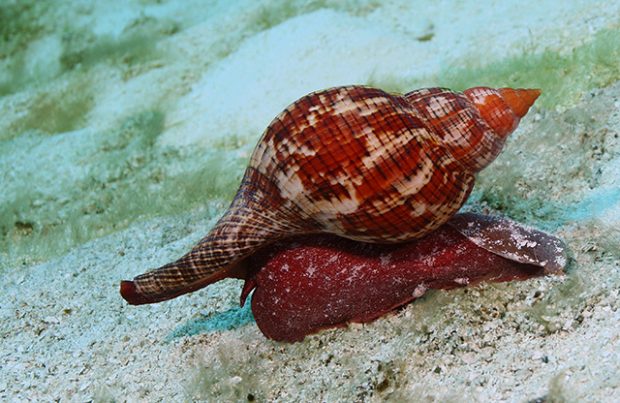
Scientists transfer one snail’s memory onto another, potentially unlocking secrets of human memory transfer
Tuesday, August 07, 2018 by Edsel Cook
http://www.naturalnewsresearch.com/2018-08-07-scientists-transfer-one-snails-memory-onto-another-potentially-unlocking-secrets.html

American researchers reported that they implanted the memory of a sea snail into another individual snail. The technique might very well be applied to humans in the future, allowing memories to be transferred, altered, or even erased.
The researchers developed the technique with Aplysia snails, which are also called sea snails, sea hares, and sea slugs. They trained a group of these animals by applying light taps to the outside of their shells that also administered weak electric shocks.
These snails learned to associate the tapping motion with potential danger. When the researchers administered harmless taps, they withdrew into their shells and stayed hidden for up to 50 seconds. They did this even if the tapping did not result in electrical shocks.
Another group of Aplysia snails did not receive such training. When they received harmless taps, they only hunkered within their shells for a single second.
Next, the University of California, Los Angeles (UCLA) researchers took ribonucleic acid (RNA) from the trained snails. RNA is a molecule that codes, decodes, regulates, and expresses genetic activity.
They injected the trained snails’ RNA into the untrained animals. The researchers then repeated the harmless tapping protocol. Despite never getting electrocuted by the taps, the snails that got the RNA injections reacted by hiding in their shells for about 40 seconds. (Related: Understanding observational learning: Why we are able to learn from other people’s mistakes.)
Injecting RNA from trained snails into other snails transferred their “memories”
To find out if the injection process was the cause for the behavioral change, the UCLA researchers took RNA from untrained snails and injected the molecules into another group of untrained sea hares. The latter snails did not hide in their shells when they got tapped.
Their unchanged behavior suggested that it was the RNA of the trained snails that caused the change. Senior author David Glanzman, a professor at the UCLA, likened the results of the RNA injected to having transferred the memories of the trained snails into the untrained ones.
When the researchers took a closer look at the neurons of the injected snails, they reported that the sensory neurons have been altered after receiving the RNA from the trained sea slugs. The motor neurons that controlled the movements of the animals remained unchanged.
Glanzman published the results of the study in the journal eNeuro. His team’s findings could very well change the current definition of memory in humans.
New study suggests brain cells play a bigger role
The general understanding is that memories are stored in the synapses that link together the neurons in the brain. But the results of the experiment let Glanzman posit that the cells themselves play a far bigger role in the preservation of memories.
“If memories were stored at synapses, there is no way our experiment would have worked,” he argued, referring to how they transferred RNA molecules – along with some elements of behavior – from one group of sea snails to another.
According to the UCLA professor, humans and snails possessed very similar cellular and molecular processes. That was why he tested the RNA transfer technique on sea snails. Glanzman believes his research could lead to future breakthroughs in understanding and treating neurological diseases and disorders.
For example, Alzheimer’s disease is known to affect memory during its first stages. New research stemming from Glanzman’s findings might eventually allow those memories to be restored. Or they could be used to reduce the effects of post-traumatic stress disorder in military veterans.
Find more scientific breakthrough on memory and brain function at Brain.news.
Sources include:
Tagged Under: Tags: animals, biomedical research, Brain, cognition, future science, goodscience, learning, memories, memory retention, neurons, research, RNA, sea snails, snails, transferring memories





